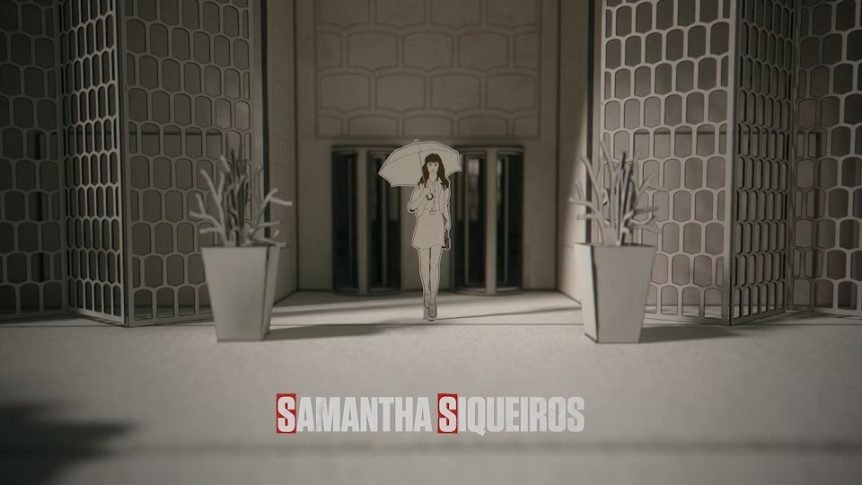How Deluxe Spain teamed up with Uniq Inventive to create the series’ 3D- animated title sequence.
A prequel spinoff to global streaming hit “Money Heist,” “Berlin” is a slick and sophisticated story about an audacious bank heist in Paris, featuring ambitious characters invested in meticulous planning using a paperboard model of the bank. The title sequence gives a nod to the paper model concept, introducing the cast and locations using the same paperboard style.
Created by the VFX team at Deluxe Spain in collaboration with title design studio Uniq Inventive, the sequence features tactile textures, monochrome palettes, as well as 2D and 3D elements thrown into sharp relief by light and shadow. Cinema 4D, Redshift, Substance Painter and Maya made up the core tools, supported by ZBrush, Houdini, and Octane for specific effects.
CG Lead Fernando Serrano Sanz at Deluxe Spain helmed the project. A Madrid-based art director and motion designer with more than 20 years’ experience in commercials, TV shows, and feature films, Serrano was briefed by Javier Urosas, co-founder and executive VFX supervisor at Dø Postproduction, the VFX, motion graphic, and title design studio behind “Berlin” and “Money Heist.” Dø’s opening credits for “Money Heist” informed the direction and Serrano set out to surpass the high quality of their work.
Defining the Creative Direction
On the look and feel of the title sequence, Serrano says Urosas was very clear about what he wanted and sent an animatic to work from. “The general concept revolved around the building where the robbery was to take place, calculated down to the smallest detail.”
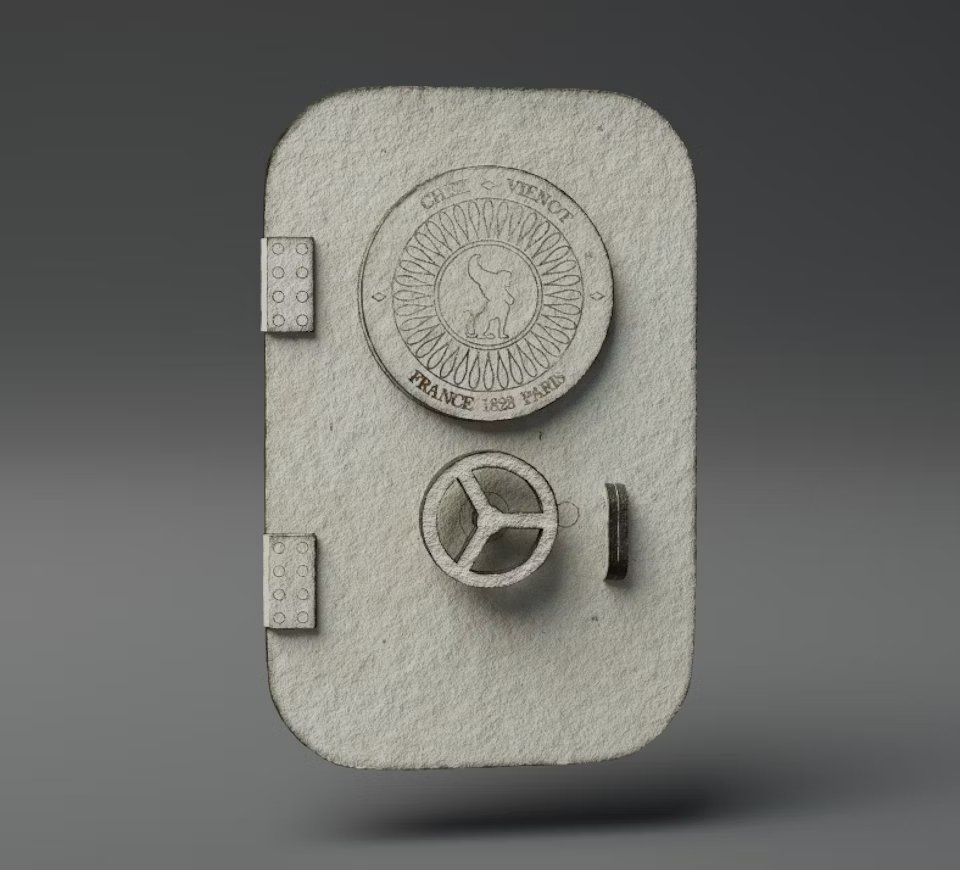
All those details had to be matched, including the original scale and materials of the model used in the show, which was a mix of paper, cardboard, and wood. To replicate subtle, authentic bits, Serrano’s team took hundreds of reference photos of the original model, capturing dust and hair, cracks, and drops of glue.
The project initially came with a tight deadline that led Deluxe Spain to work with CG Artist Roland Lukacsi, founder of title design and animation studio Uniq Inventive, and collaborator VFX Supervisor Peter Eszenyi. Serrano’s team of four 3D
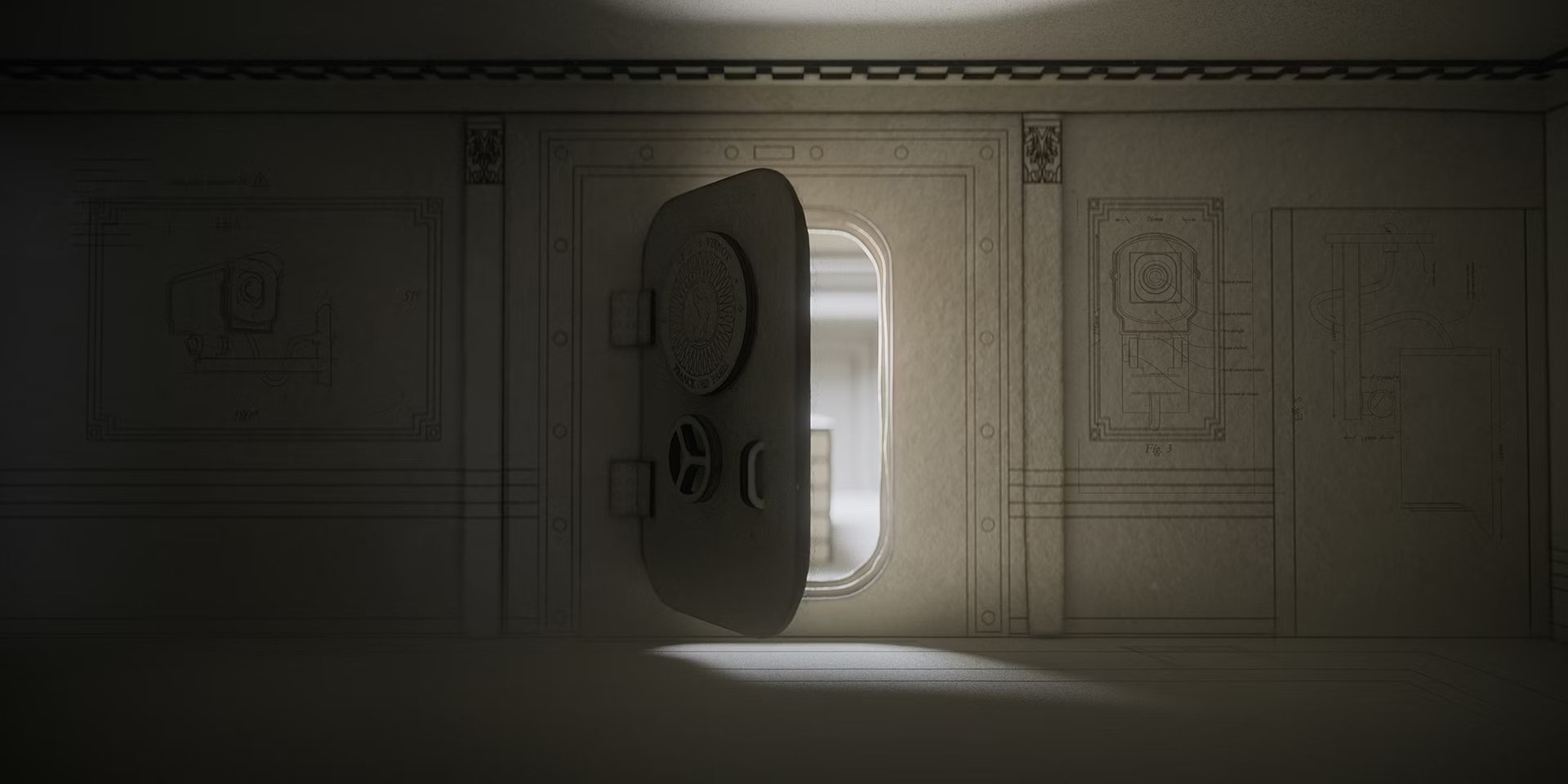
Combining their experience in creating titles, motion graphics, and visual effects for feature films and TV shows, Lukacsi and Eszenyi studied the reference photos and videos of the actual physical model of the vault featured in the show. “Our task was to match the animatic as closely as possible in terms of camera, layout, and even lighting,” says Lukacsi.
Building the World
The team used Cinema 4D for texturing, lighting, and animation, as well as Sketch and Toon for animated illustrations. Substance Painter was used for texture maps, and Cinema 4D and Maya for modeling. ZBrush was used to add subtle handmade details, with Redshift handling volumetric rendering and complex interior lighting setups, and Octane for rendering the exterior lighting.
Their starting point was to work up a procedural shader for the paperboard in Substance Painter with a few different imperfection textures. “At this scale, every detail matters, says Lukacsi. “There was a bit of R&D to figure out how to make the paperboard look organic and make the shaders work nicely with the lighting in all the different shots. Also, almost every shot was super close-up, so we even created some procedural dust and paper fibers in Houdini to complement some of the close-to-camera objects.”
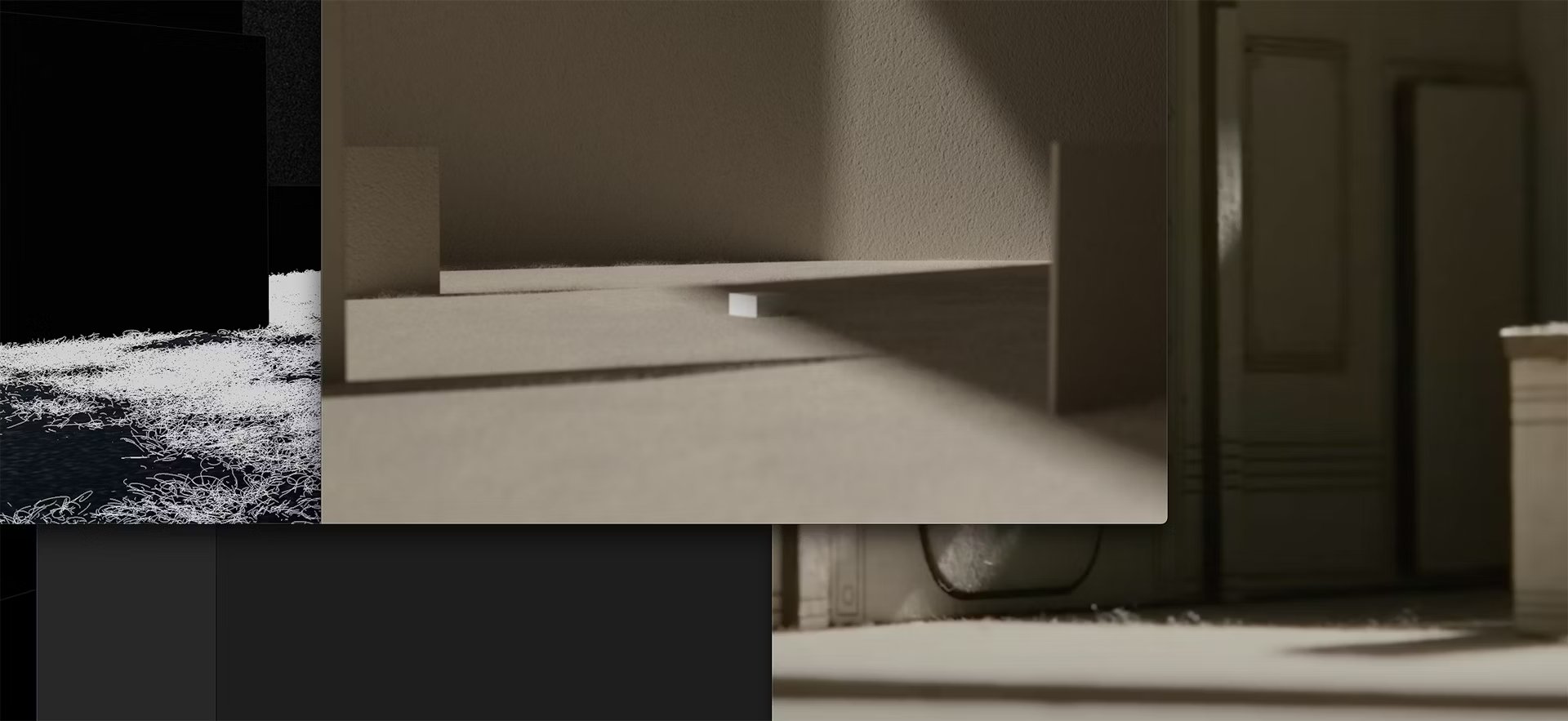
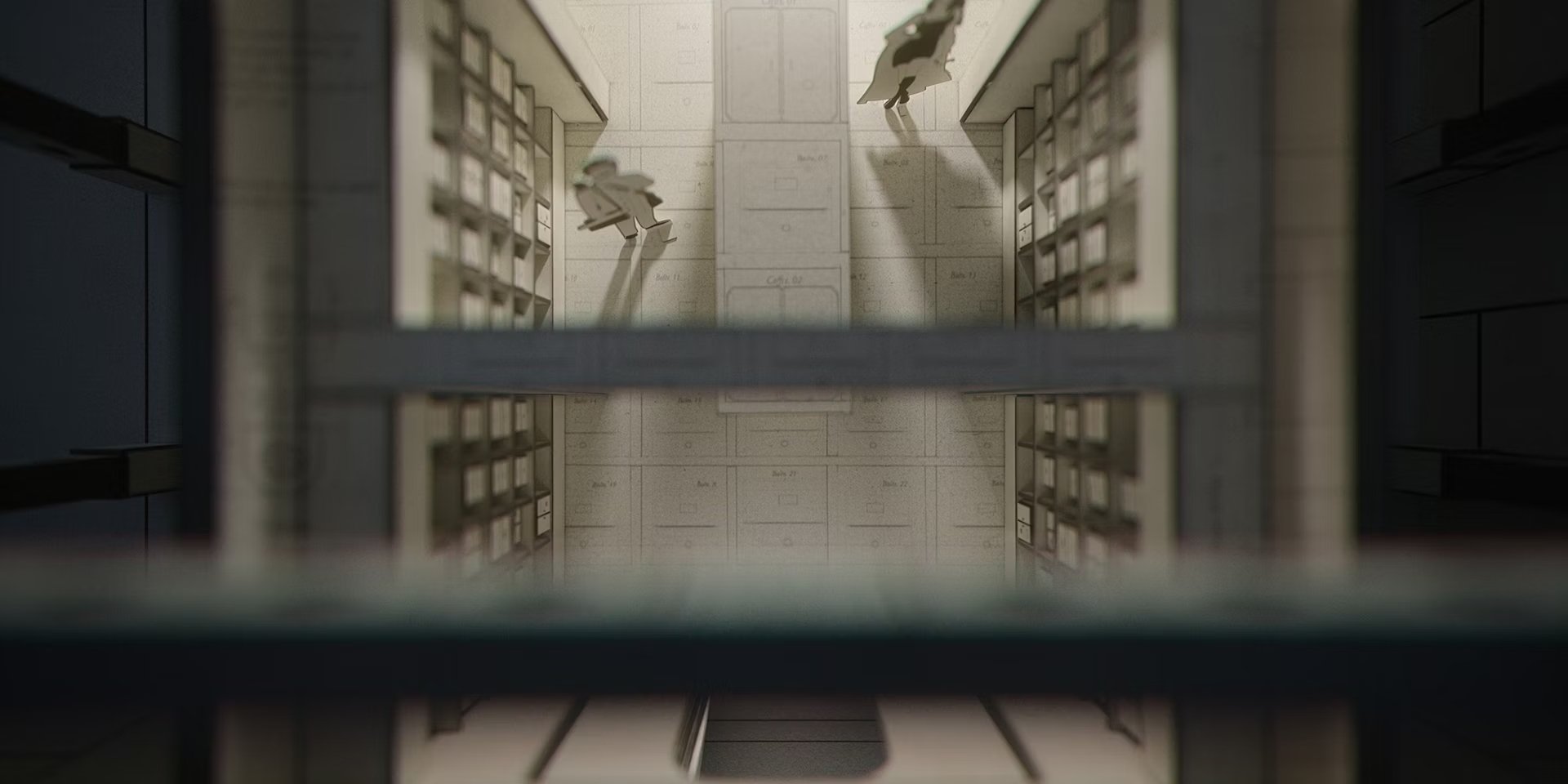
After receiving the base shader, Serrano’s team used Substance Painter to create unique texture maps for every model, complete with stains and wrinkles. ZBrush was used to create physical imperfections on the scale model, objects, and props, such as the edges of the vault doorway, the characters, and the columns.
Setting the Look
When the assets then came back to Lukacsi, he and Eszenyi created Redshift shaders in Cinema 4D. He explains that the lighting setup involved a lot of experimentation to match the look of the animatic with a natural and cinematic feel. “To get the detail right, we had to use quite high geometry tessellation because of the displacement maps, and a Redshift camera in Cinema 4D gave us really good-looking, shallow depth of field.”
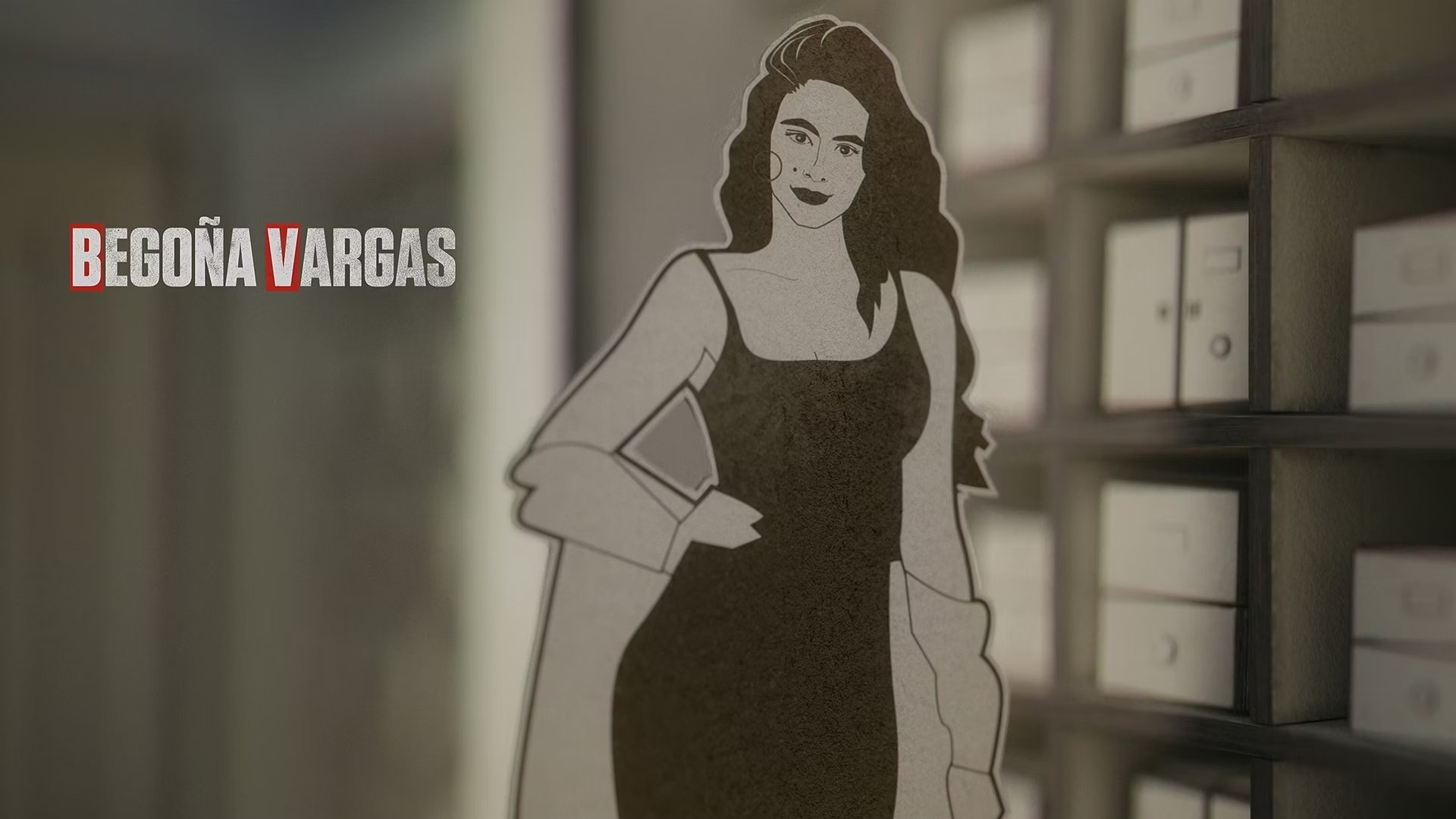
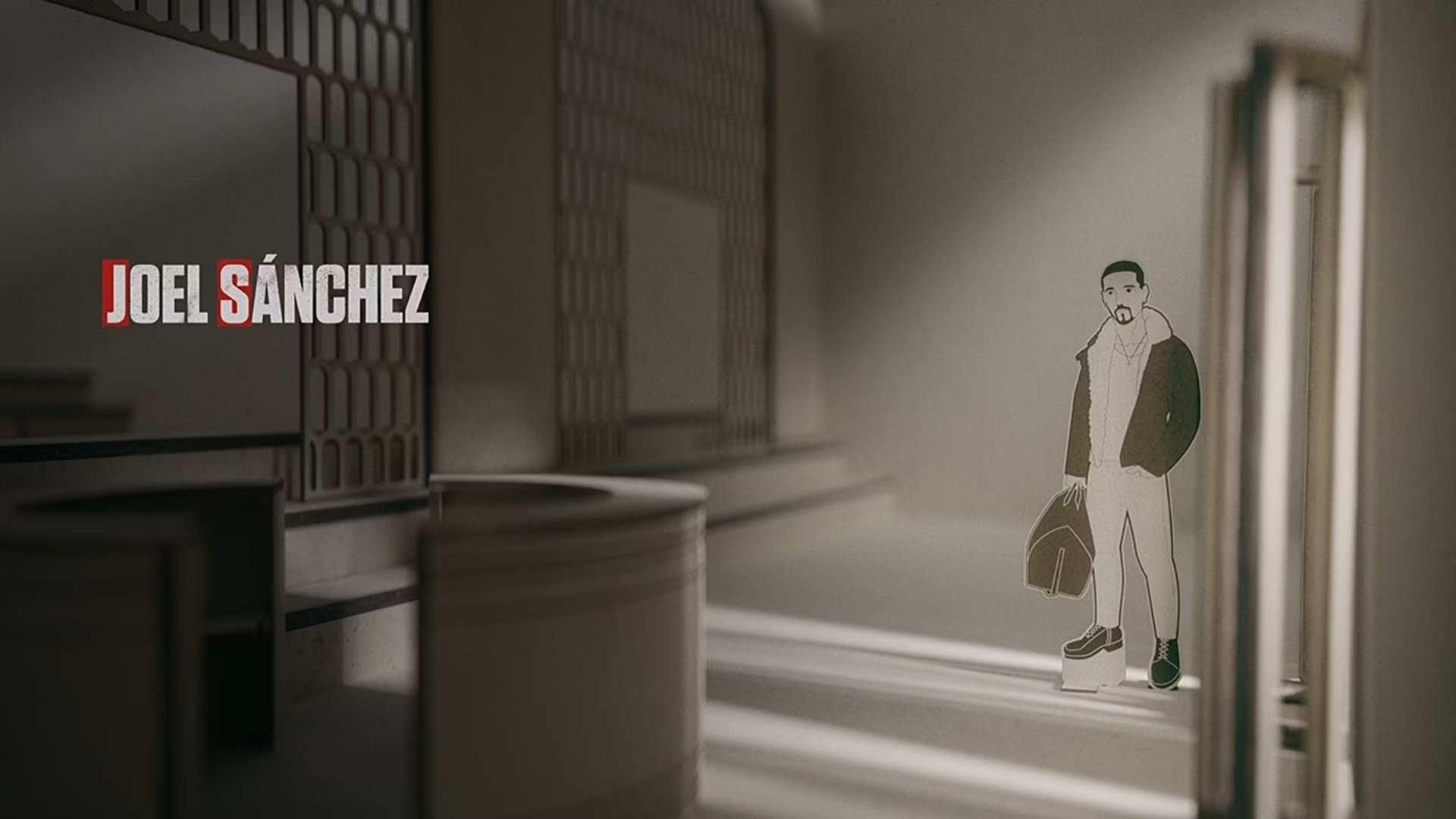
Redshift’s RenderView previews helped with supplying the compositing team with everything they needed as quickly as possible, “Almost every shot had an HDRI or Redshift physical sky and some carefully placed area lights,” Lukacsi recalls. “Although the lighting was not set to be physically accurate, we had to make it look like it was and the responsive and fast RenderView just made this process a lot less painful.
Bringing it all together
The final step was to marry the whole thing together in “perfect harmony,” Lukacsi says. “The scale of textures, amount of displacement, imperfections and dust fibers, of depth of field, softness of shadows, all those little things had to blend perfectly to make the result look as natural as possible.”
From the level of detail in each shot to the quality of lighting, Serrano feels the team hit the creative and conceptual sweet spot that appealed to the client. After a successful collaboration that achieved his goal of surpassing the original, the team has moved on. For Serrano, Lukacsi, and Eszenyi, every new project presents new worlds to craft and fresh opportunities to experiment, develop and build on.
